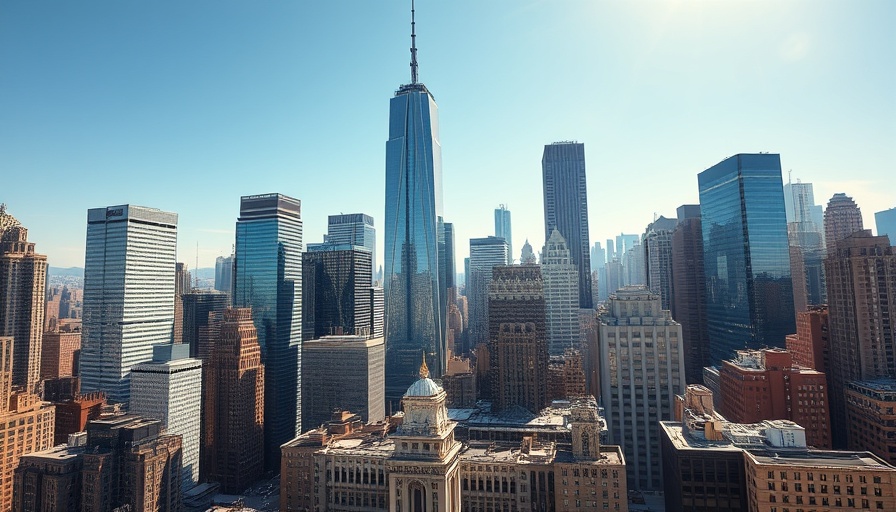
Exploring Manhattan's Casino Bidding Landscape
As the deadline passed on June 27, a wave of excitement surrounded the final bids for three coveted downstate casino licenses in New York. Among the eight officially submitted proposals, three prominent contenders emerged in Manhattan, each poised to reshape the city's entertainment landscape. These developments, if approved, promise significant economic impacts, including job creation and increased tourism.
Manhattan's Leading Casino Proposals
The bids include Silverstein’s “Avenir,” a striking 45-story mixed-use tower in Hell’s Kitchen boasting a 1,000-room hotel. Meanwhile, SL Green's ambitious “Caesar’s Palace Times Square” proposal is notable for its planned nightclubs curated by Roc Nation and support from influential figures like Reverend Al Sharpton. Additionally, the collaboration between Soloviev Group and Mohegan on “Freedom Plaza,” located near the U.N., proposes modern residential towers, a public park, and even a Museum of Freedom & Democracy, echoing the city's storied commitment to inclusion and civic engagement.
Community Engagement and Oversight
All eight bidders submitted their proposals along with a substantial $1 million fee to the New York State Gaming Commission, marking the first step in what is expected to be a meticulous review process. The initial evaluations will be conducted by Community Advisory Councils comprised of elected officials who are tasked with ensuring that the proposals cater not only to profit but also to the community’s needs. These councils form the first line of vetting ahead of a final decision expected by December 1.
What This Means for New Yorkers
These casino proposals represent a pivotal moment for Manhattan. They reflect a blend of economic ambition, social responsibility, and urban revitalization. If successful, they could bring thousands of jobs and new avenues for entertainment, while also raising critical discussions about community and the essence of responsible development in such a vibrant city.
Action Steps for Interested Stakeholders
As these bids undergo scrutiny over the next few months, interested stakeholders, including local businesses and community members, should stay engaged with the process. Public forums and community discussions will likely arise, providing platforms for individuals to voice their opinions and concerns. Understanding these developments is vital as they directly influence New York City's economic trajectory.
 Add Row
Add Row  Add Element
Add Element 



Write A Comment